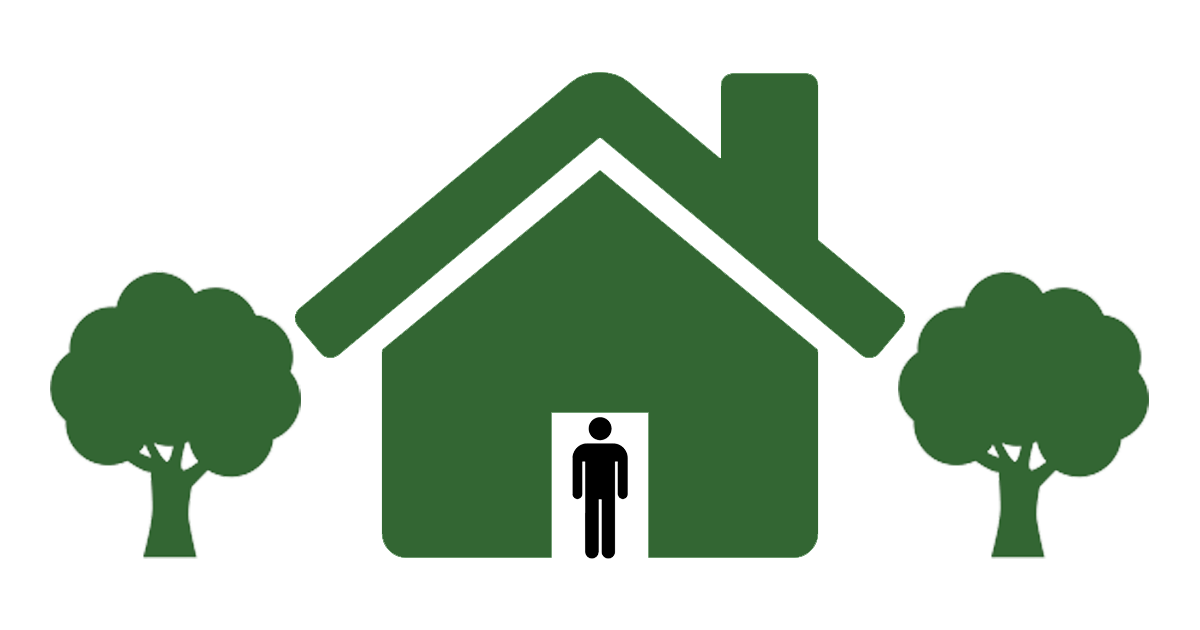Tampa Mayor Bob Buckhorn Has His City Thinking Like a Marketer
June 18, 2013 at 7:11 am CDT
The most coveted demographic for brands and marketers is traditionally the 18 to 49-year-olds. A TV show that scores well with that group will almost guarantee to keep the ad dollars flowing and network execs happy. Cities and marketers have a lot in common these days. Each are working hard to court this demographic, especially the younger end of it. So when I saw that Tampa Bay was working on a project to use data from the popular social networking site Foursquare in its planning process , I was intrigued.
Foursquare lets users “check-in” to physical destinations and share their location with friends. It’s popular with the Millennials (the generation just entering their 30s), especially those who are big users of mobile devices. Tampa’ Mayor Bob Buckhorn is focused on making Tampa a better place to live and is pulling together resources from consultants and nonprofits – he was named a Rose Fellow at the Urban Land Institute – to update his downtown and leave a legacy for future mayors to build upon.
Mayor Bob Buckhorn: Using Foursquare as opposed to just anecdotal evidence really gave us a pretty cool insight to where folks are to help us plan the hot spots, the hip spots. [Program partner] Carnegie Melon approached Tampa wanting to do this as part of a project they were already working on.
From 30,000 feet, I was able to look at the heat maps and say ‘this is where people are congregating or this is where they’re tweeting from,’ and that gives me a better feel for where the demand might occur down the road. You look at development patterns – what would be an appropriate use in that vicinity? Is it commercial? Is it retail? Is it residential?
Those best and brightest, that “Creative Class” that cities are trying to attract, that for me is a good barometer of how hip your city is and where the cool places are and where those young people are migrating to.
Livability: How do you see livability and business development as interacting?
Buckhorn: They’re absolutely intertwined. If we’re going to be competitive, retain our own best and brightest, and attract others from around the country, we have to have a city: that’s hip; progressive; diverse and celebrates that diversity; walkable; has mass transit, which we are sorely lacking; and that has an environment where folks can re-create because they’re going to make decisions on where to live based on things other than just the job.
L ivability: I’ve been to Tampa a couple of times. It strikes me as a very car-dependent place.
Buckhorn: People came here because they wanted to leave the northeast and the congestion. They wanted their two-car garage and their lawn and a house in the burbs. As a result of that, the development patterns in Florida have been overwhelmingly suburban, which doesn’t lend itself to mass transit. I think what we’re seeing now over the last four to five years is a resurgence back into the urban core, both by young people as well as empty nesters.
Livability: How do you support transit in that culture?
Buckhorn: The Obama administration was going to fund $3 billion for high-speed rail – the first in the country – from Orlando to Tampa. The right of way had already been acquired. It would have created 6,000 temporary construction jobs. The governor was elected in 2010, and about six months later in essence said he wasn’t interested and gave the money back to the federal government. I’ve had the mayor of Detroit thank me because as he said, “We’re taking the money that your governor gave back, and we’re building our light rail system with it.” There’s a little frustration here in Florida about that decision.
Livability: That’s funny. I was just in the Detroit area and attended a complete streets workshop where they talked about their rail projects. I didn’t realize that was your money. One of the slides in the presentation described Tampa’s Nebraska Ave. as being designed to move everyone out of the city as fast as possible at 5 p.m. Is that true, and how do you fix that?
Buckhorn: [State Department of Transportation] engineers are not urban planners. Their mission is not to make downtown more livable; their mission is to get cars out of downtown. You have two competing missions there. Unfortunately, DOT owns the main streets coming in and out of downtown. We (the city) are trying to take ownership of these roads, which would allow us to use some traffic-calming devices, do some parallel parking, slow traffic down, and discourage people from using it merely as an entrance and exit to downtown – while at the same time, not diminishing the commute time, which we think we can do.
This is the first in a series of Q&As with mayors and other city officials about livability initiatives in their town. Do you want to share your story? Contact mattc@livability.com
Reader Comments
Use a Facebook account to comment. Subject to Facebook’s Terms of Service and Privacy Policy . Your Facebook name, photo other personal information you make public on Facebook will appear with your comment.
